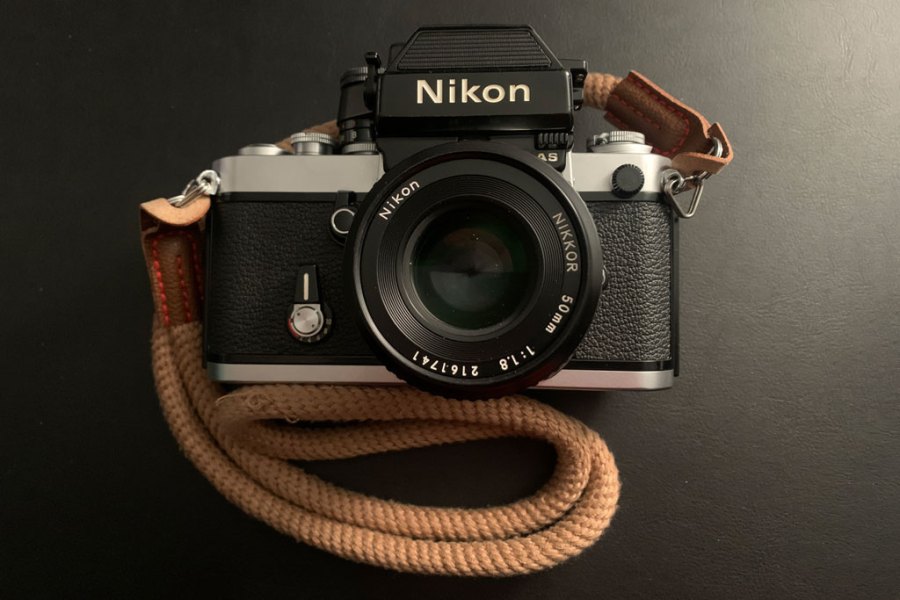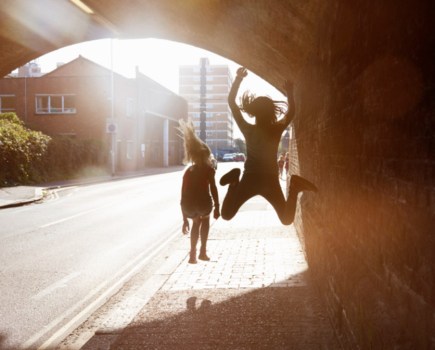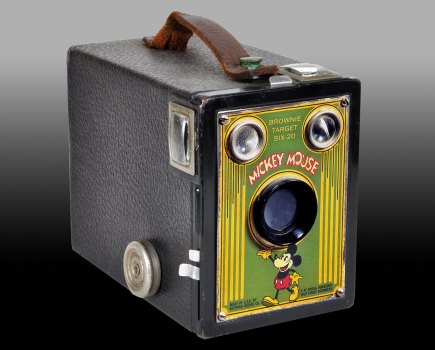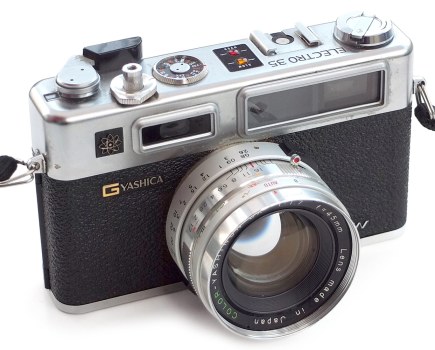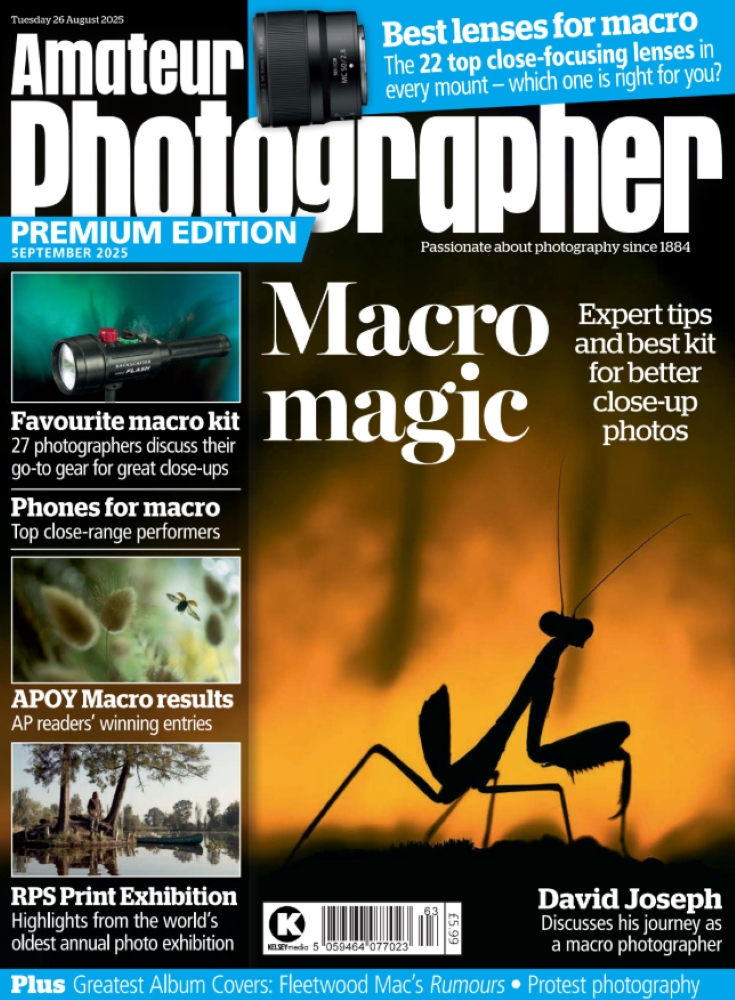In 2019 I went on a photographic recce to Jordan. The trip began in Amman where my friend Bashar showed me a ‘box of junk’ he was given by a wife of a deceased family friend. Twenty-year-old plastic camera bodies were the order of the day. Sat at the bottom of a few bridge cameras was a heavily brassed and weighty camera body – a Nikon F2AS. The actual working condition was undetermined, and it had no lens. Although the shutter worked, the shutter speeds too, it also wound on smoothly, the batteries in the meter were understandably flat. The focusing screen was so bad it looked like someone had ground pepper all over it, but there was something about holding this body that spoke to me.
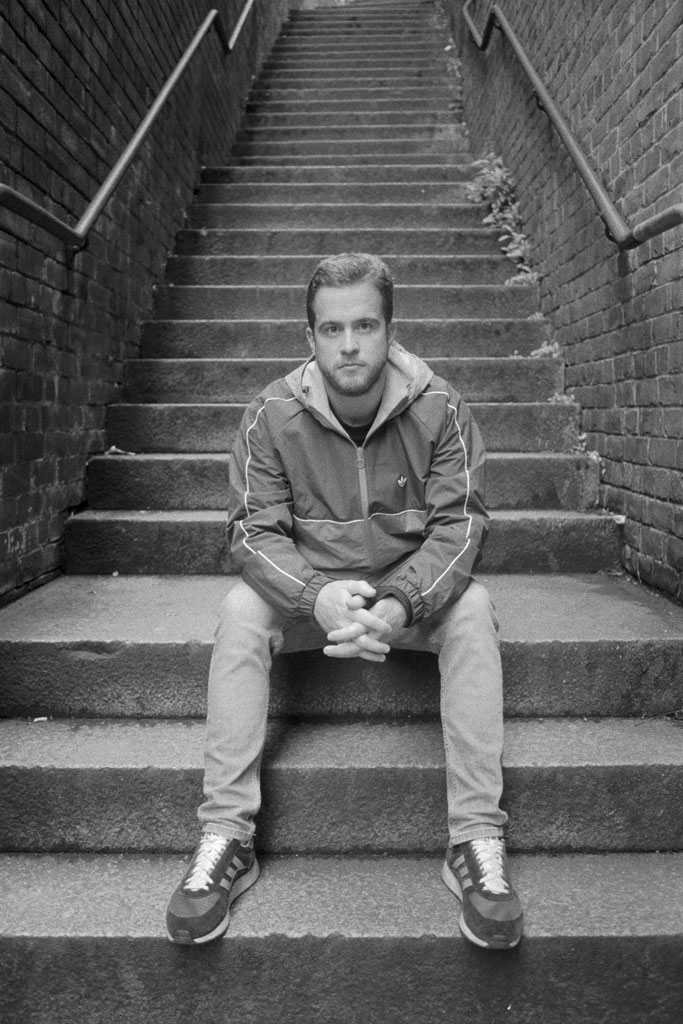
Medical Attention
A week later after returning home, I got some batteries and low and behold the DP12 meter sprang into action. A week later it stopped, just before I purchased a lens – my heart sank. I realised it was time for some professional opinions if I was to get this working.
The report was not so good – the meter was badly corroded and an estimated repair bill to fix and service the camera was going to exceed the value of the camera. I sold it on eBay for spares and repairs. A few weeks later I was once again the owner of a Nikon F2AS, this one from 1980. I needed to take this journey.
Extensive research followed and got myself a Nikon 50mm f/1.8 lens. You might be wondering why I didn’t buy a f/1.4 or wider – it was a review I stumbled across of Ken Rockwell. I soon had my hands on a f/1.8 pancake lens. It was shorter, lighter, had closer focusing, was very sharp and affordable. This meagre setup was all I needed to get me back in the saddle but let me start by explaining. Despite this camera having such a compelling form factor, it was going to take a lot to convince me to return to 35mm film.
Read our expert advice on how to check if a fim camera works and our list to the best vintage lenses to get the retro look.
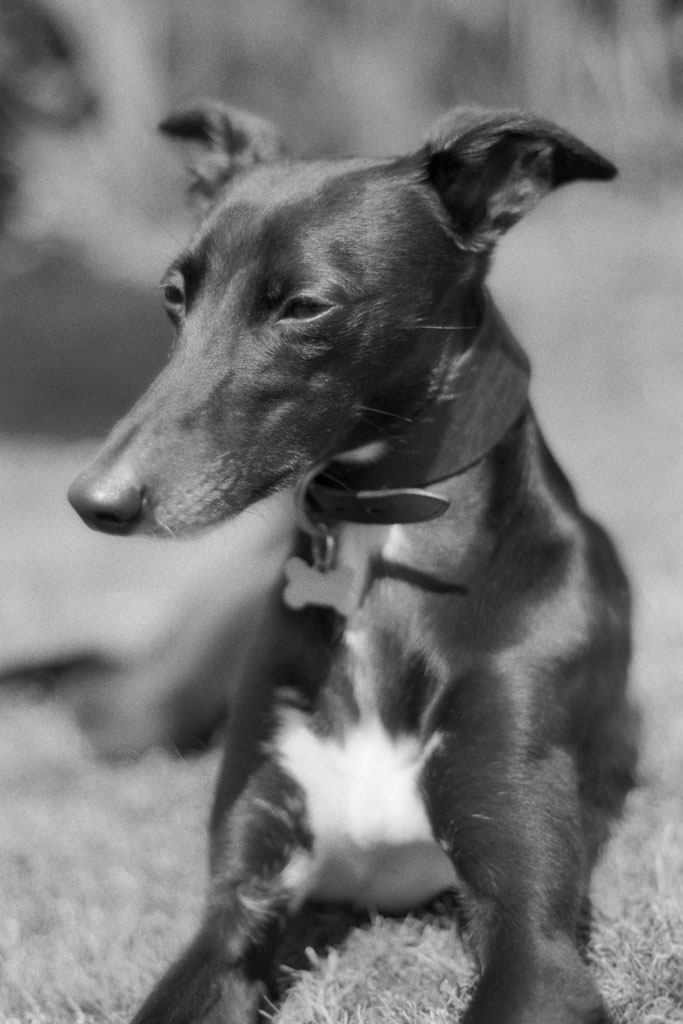
A Tentative Return
In 2005 I left the world of 35mm film for a Canon 5D. I firmly stuck two fingers up at my 35mm film gear, my Nikon scanner and rode into the local sunset. I shaped my photography, and my passion exploded. Goodbye Velvia 50 and grad nonsense. Goodbye to dodgy scans, colour casts and grain. Yet here I am again!
When I was in Aperture just off Oxford Street, London, I asked a member of their staff why film was so expense. ‘I liken it to a receding drinking pool in the Serengeti’, was the response. Too many animals and not enough rain fall. I realised 35mm black and white is the cheaper solution in these expensive times, so I bought some 35mm Kentmere 400 just to test everything out. Pictures were sharp, the DP12 meter was accurate but I can now conclude this film is not a favourite.
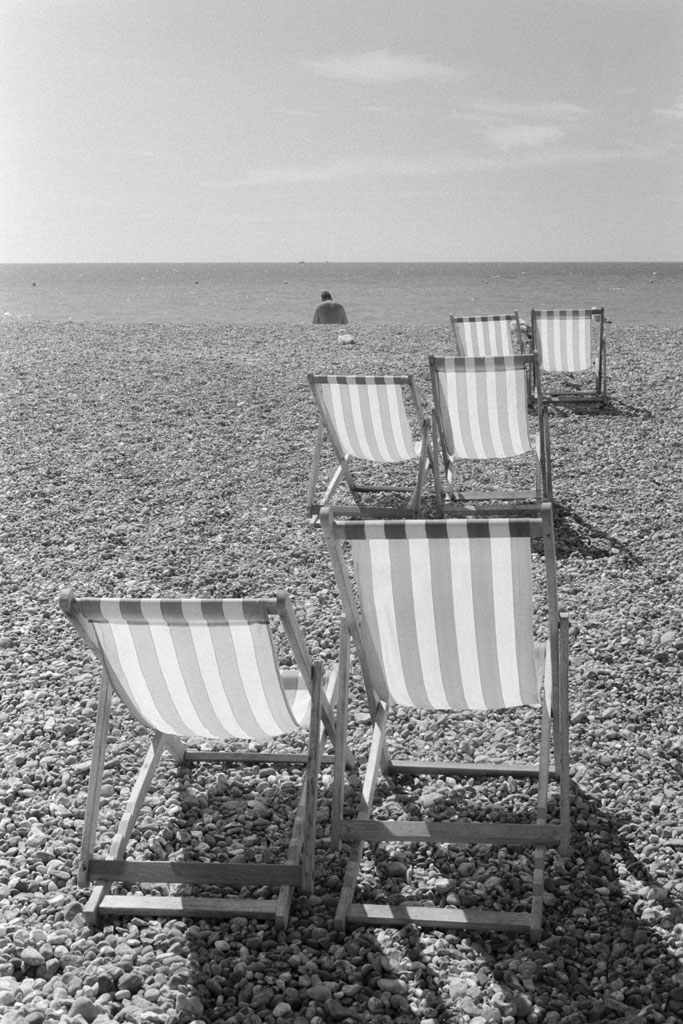
NIkon F2AS – Field Test
My wife Rachel and I went on holiday in my campervan that summer. I left all the digital gear at home, just taking the Nikon and the extra rolls I had purchased. The results from across the UK were ok, but the Kentmere looked rather flat with a rather busy grain pattern.
I enjoyed the immediacy of the camera, the use and bright viewfinder, the straightforward controls and above all how cool it looked. It really makes you want to take photos. I am lucky enough to own a Nikon LS9000 scanner that I bought after I purchased a large format camera in 2015, so I dug out the film holder and made some scans (around 5600×3700 pixels) but here I was again, shooting scenes that would have excelled with at least medium format. It was my subjects and my expectations that were wrong, not the camera, lens or film.
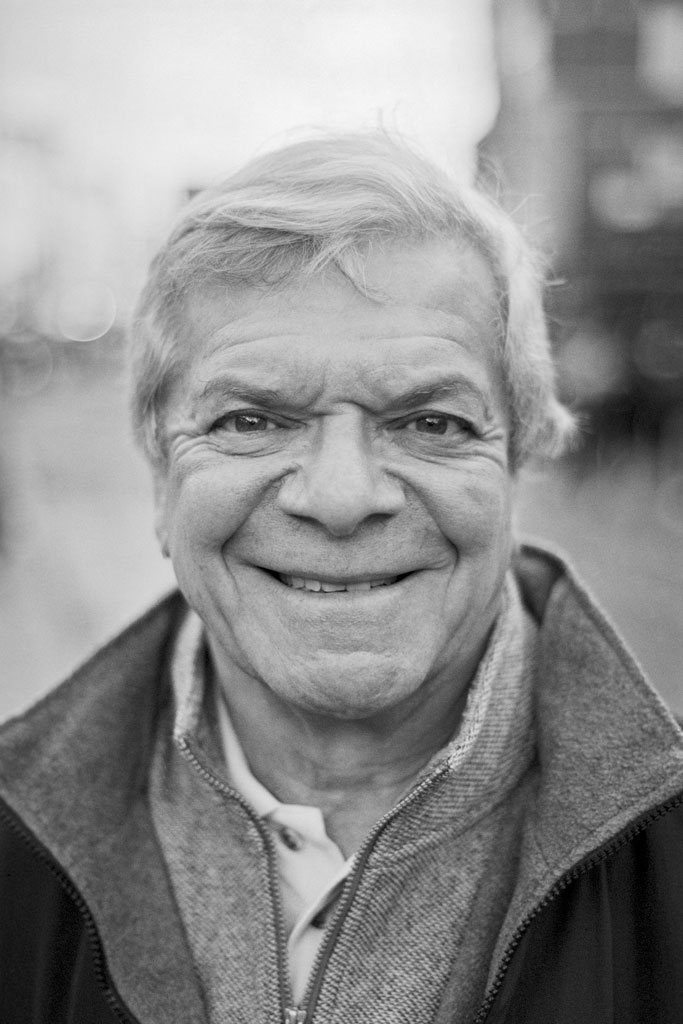
Street Photography and Portraits
A few years later and we are now at one. The Nikon really excels at portraiture and street photography. I realised this more by accident, thrusting the lens in the faces of my friends and family who could do little to back away. The AIS 50mm f/1.8 is such a stellar lens, with charming bokeh.
I also changed films. I now use Ilford XP2 400 exclusively which I overexpose by one to two stops. It reminds me of a rich, creamy pint of Guinness, with soft tones and deep blacks. It can also be processed in colour chemicals, which means it is far easier to get processed.
I have since bought the AIS 28mm f2.8 which caters for my wide-angle needs. I remember how boring this used to feel twenty years ago, but now it’s perhaps too wide. I think I could do with a 35mm, just like the one I adapted to my Canon fifteen years ago and then sold. Oh, the irony!
Read the best analogue street photography tips, and street-shooting secrets from three film photographers.
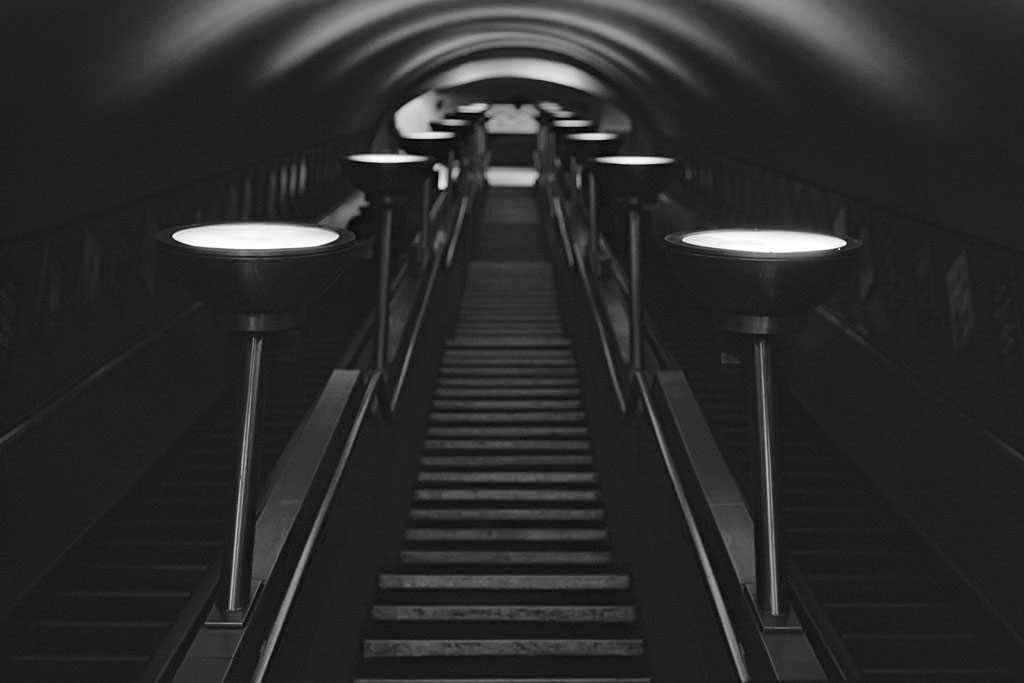
Why it works
This charming picture of my wife was shot in London using the AIS 50mm f/1.8 and my favourite film, XP2. Being extremely fashionable and a smiley person, she has a tendency to ‘grin’ so I asked her to relax and look into the lens, critically focusing with precision. I shot the image at f/2.8, to ensure I had both eyes in focus. What I love about the shot is the easiness, the subtle visual roll off to the face towards the earrings and then how the neckline gives the image a wonderful 3D feel. Ok, you could do the same with any digital camera and 50mm f/1.8 lens, but it’s the render, the feel and the astonishing detail that confirmed my bond with the camera even more. I feel it can capture a person’s soul. Exactly why is hard to clarify, but literally all portraits I have taken contain something special.
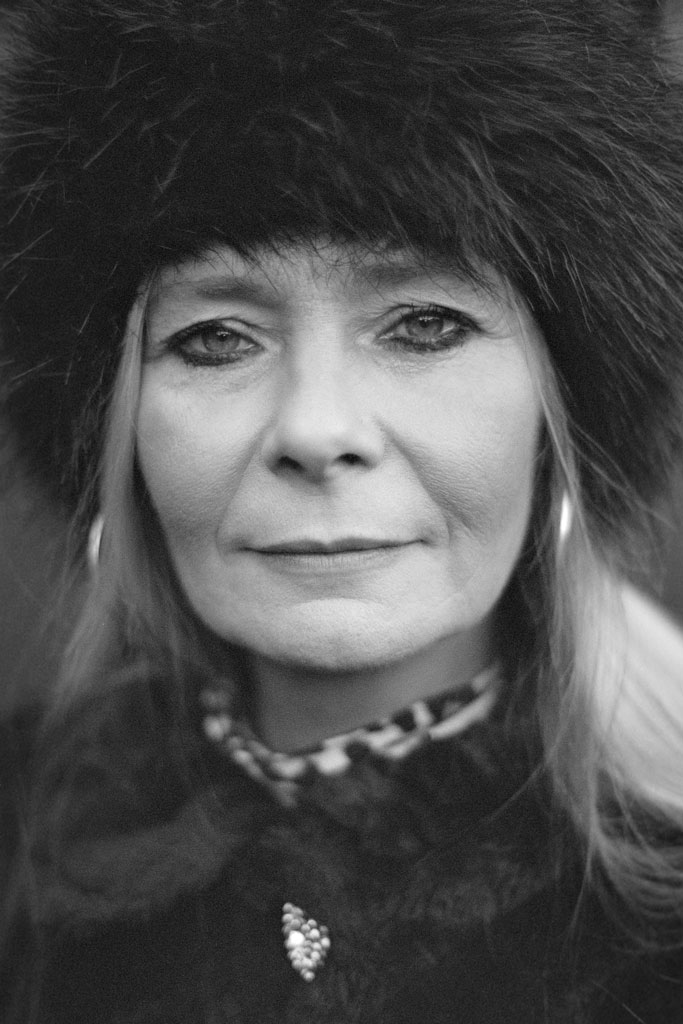
Kit List
Nikon AIS 50mm f1.8 Lens
Get the Japanese model, the serial number starting with 2xxxxx and 1.5’/0.45 metre close focus distance on the focus ring. The ones starting with 4xxxxxx are American, the E Series model is Japanese but not as well made (apparently) and neither focus as close (2ft).
Accessories
I have bought two polarisers, both 58mm which fits both the 28mm and 50mm optics, which is convenient. I also bought a green 80’s Nikon bag in a charity shop and a rope style camera strap from Amazon for £10. It all looks really cool.
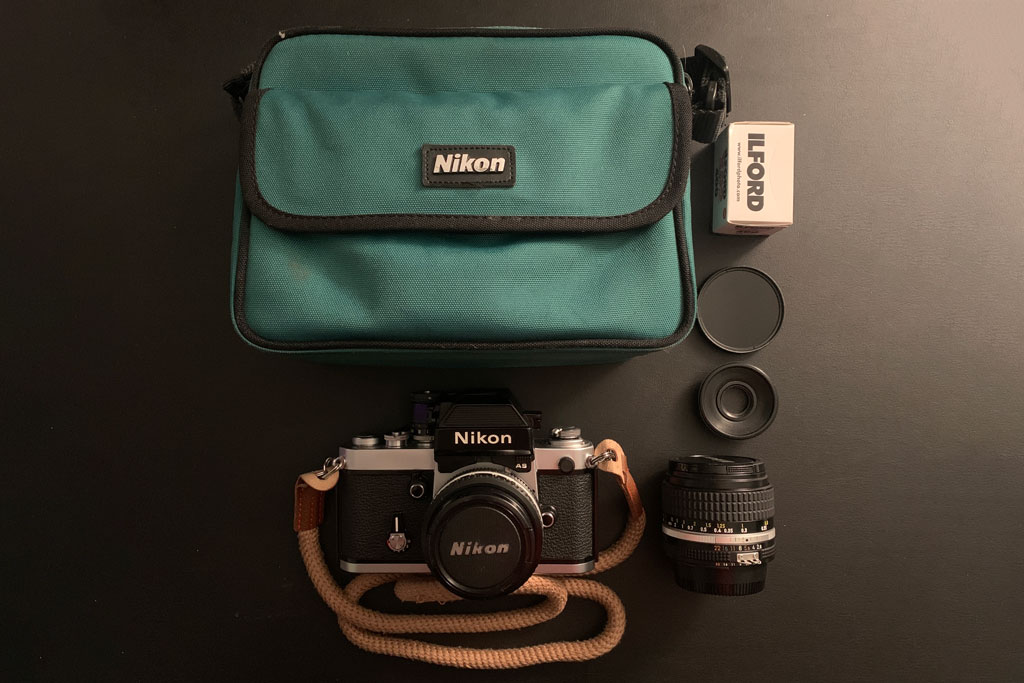
Focusing Screens
For me this very important. I can’t stand looking through a filthy focusing screen and I was grateful to receive a clean example as a gift from London Nikon User’s Michael Eleftheriades. I have tried to manually clean a few spares with limited success.
Diopter Adjustment
Unlike digital cameras, you need to screw a specific diopter for your eye strength. I bought a 1.5x diopter from Mr Cad, but it’s not strong enough. When working with manual focus this is a critical addition.
Related reading:
- Can analogue photography be eco-friendly?
- Film photography ‘renaissance’ triggers RPS analogue group launch
- Best 35mm Half-Frame Film Cameras

